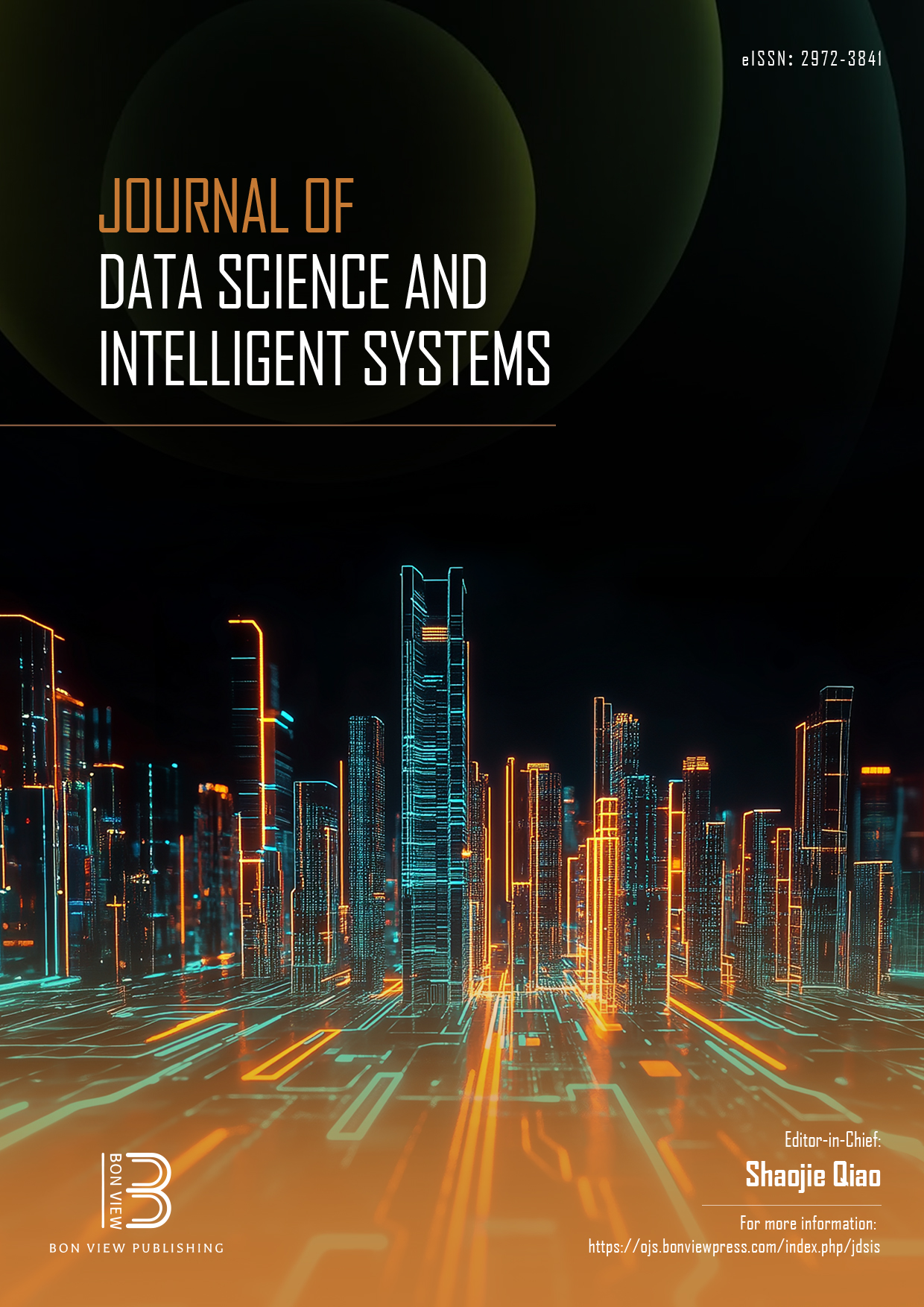A Review for Remaining Driving Range Prediction of Electric Vehicles Using Machine Learning Algorithms
DOI:
https://doi.org/10.47852/bonviewJDSIS52025131Keywords:
electric vehicles, machine learning, mathematical-based approaches, remaining driving range, statistical modelsAbstract
With the widespread use of electric vehicles, greenhouse gas emissions can be reduced. Thus, a solution can be proposed to minimize the environmental impact of transportation. However, one of the most important obstacles to the widespread use of electric vehicles is the limited driving range and the accompanying challenges such as range anxiety. Researchers have proposed various methods and algorithms to accurately predict the remaining driving range of electric vehicles to address these challenges. The study is aimed at analyzing and comparing studies that focus on remaining driving range estimation using mathematical-based methods, statistics, and machine learning algorithms. The study includes a comprehensive exploration of the datasets, methods, algorithms, and performance metrics used in the selected studies. It was found that machine learning algorithms, especially Extreme Gradient Boosting and Random Forest, are frequently used for remaining driving range estimation, followed by statistical models such as multiple linear regression. In addition, most of the datasets used are obtained from real-time electric vehicle data. This highlights the importance of real-time data for developing accurate prediction models. In addition, performance metrics such as Root Mean Square Error, Mean Absolute Error, and Coefficient of Determination are widely used metrics to evaluate the performance of the models. The findings obtained within the scope of this study provide valuable information about the current status of remaining driving range estimation research for electric vehicles and suggest potential future studies in this area.
Received: 31 December 2024 | Revised: 14 May 2025 | Accepted: 4 July 2025
Conflicts of Interest
The authors declare that they have no conflicts of interest to this work.
Data Availability Statement
Data sharing is not applicable to this article as no new data were created or analyzed in this study.
Author Contribution Statement
Burak Caferler: Conceptualization, Investigation, Writing—review & editing, and Visualization. Aylin Ünal: Conceptualization, Investigation, Writing—review & editing, and Visualization. Sinem Bozkurt Keser: Conceptualization, Investigation, Writing—review &editing, Visualization, and Supervision. Ahmet Yazıcı: Conceptualization, Investigation, Writing—review & editing, Project administration, and Funding acquisition.
Downloads
Published
Issue
Section
License
Copyright (c) 2025 Authors

This work is licensed under a Creative Commons Attribution 4.0 International License.
How to Cite
Funding data
-
Chips Joint Undertaking
Grant numbers 101097267 -
Türkiye Bilimsel ve Teknolojik Araştırma Kurumu
Grant numbers 222N269


